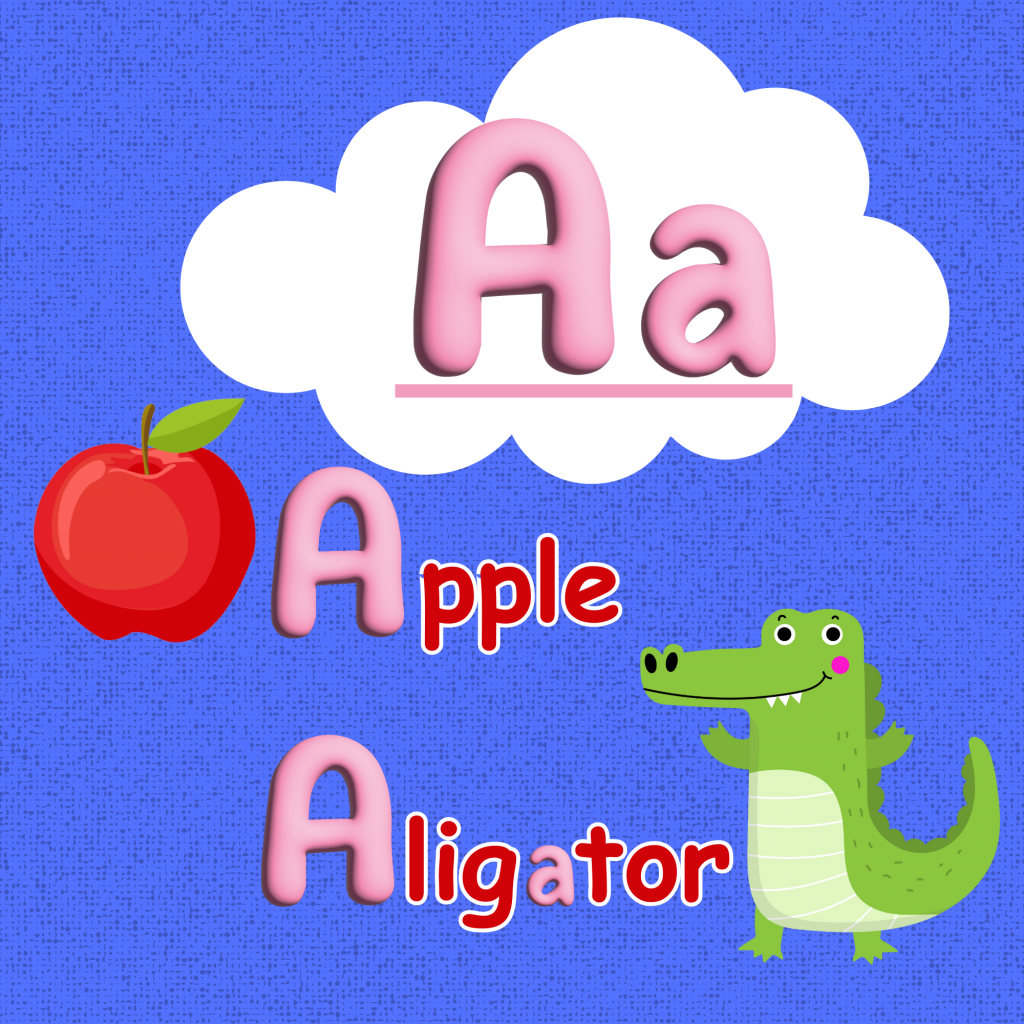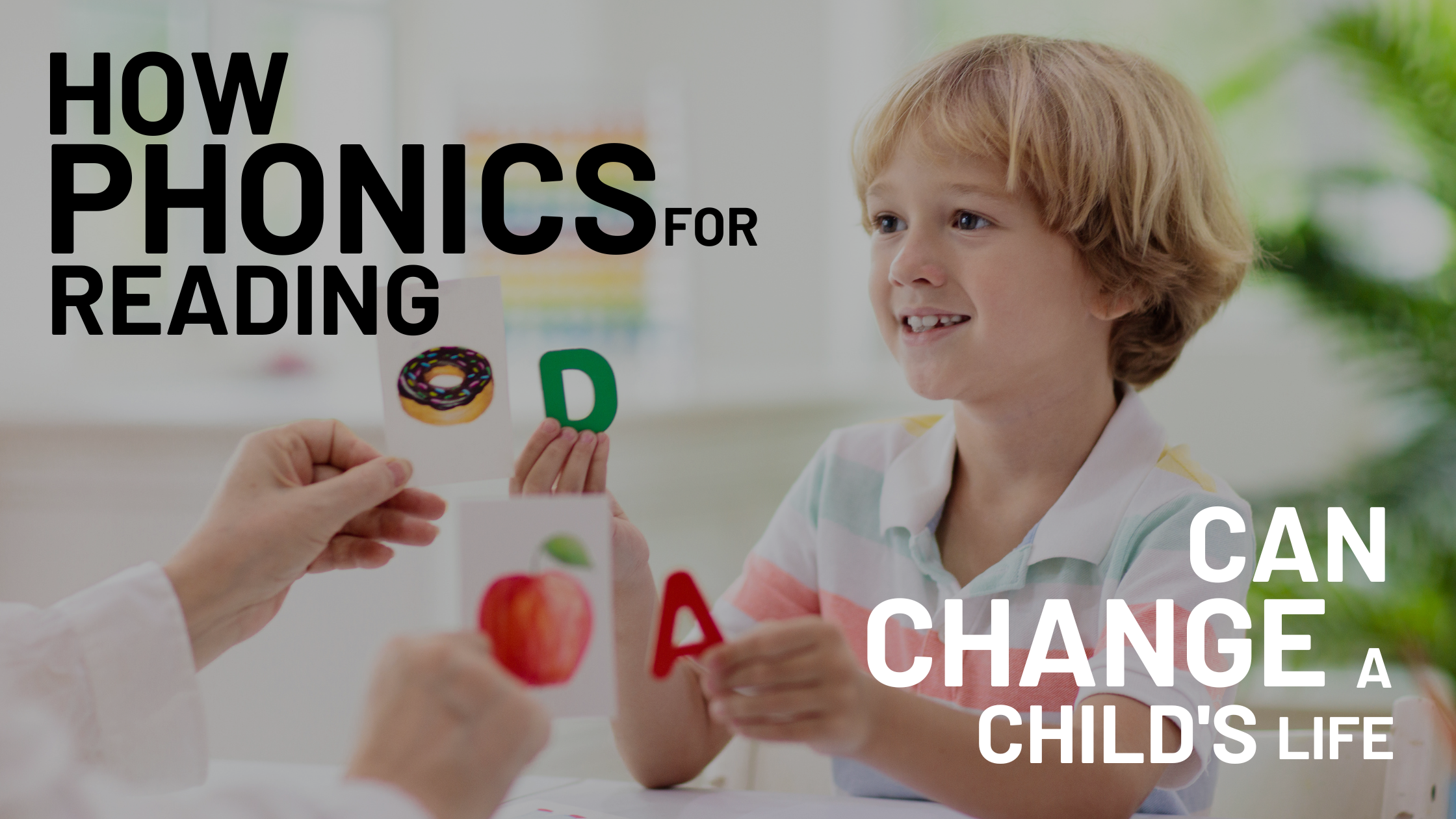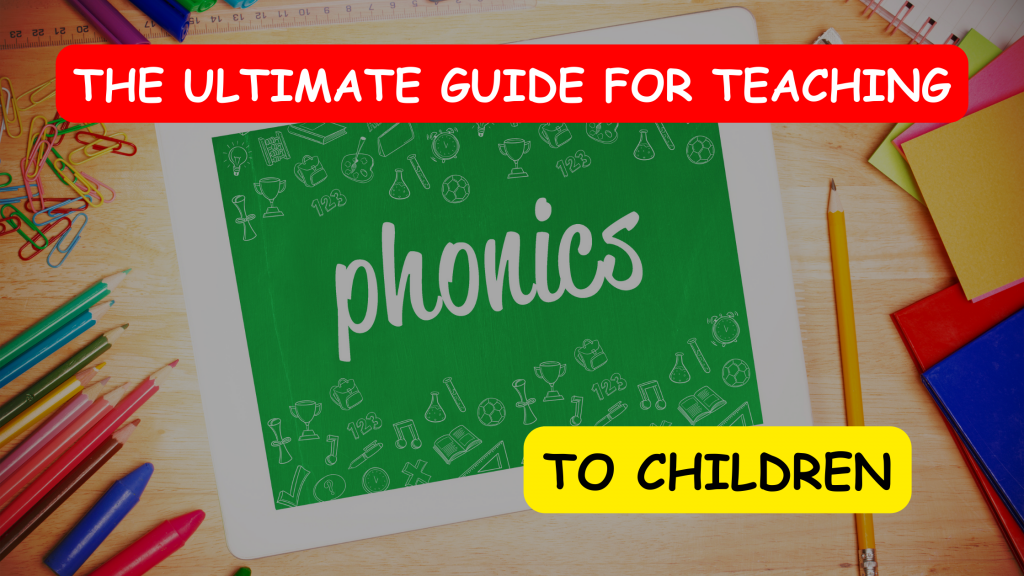Hello there! I’m a father of two, and I run the Kids Book Club HQ blog. Today, I’m excited to dive into the fascinating world of teaching phonics and how it can work wonders in perfecting pronunciation for children. If you’re a parent like me, looking to provide your little ones with the tools they need to excel in language and communication skills, you’ve come to the right place. In this comprehensive guide, we will demystify the concept of teaching phonics and show you how it can unlock the secret to perfect pronunciation in children.
Understanding Phonics: Laying the Foundation for Clear Pronunciation
Teaching phonics is a fundamental approach to helping children learn how to read and pronounce words accurately. It revolves around the relationship between sounds and the letters that represent them. By introducing effective strategies for teaching phonics to our kids, we empower them to decode words, break them down into individual sounds, and then blend those sounds together to form words. This method serves as the cornerstone for effective pronunciation.
Why Teaching Phonics Matters for Parents Like Us?
- Boosting Vocabulary: Teaching phonics forms the basis for building a strong vocabulary in children. When kids grasp the connection between sounds and letters, they can more easily recognize and understand new words.
- Spelling Made Easier: Correct pronunciation and spelling go hand in hand. Teaching phonics equips children to spell words correctly because they can sound out words and identify the right letters to use.
- Confidence Soars: When our children can pronounce words correctly, they gain the confidence to communicate effectively. This boost in self-assuredness can have a positive impact on their social and academic lives.
Teaching phonics: How to?
Teaching Phonics: Letter “A” Sound

Step 1: Introduction
Begin by introducing the letter “A” to the child. Show them both the uppercase (A) and lowercase (a) forms of the letter. Explain that letters are like building blocks for words and that each letter makes a special sound.
Step 2: Sound Recognition
Next, focus on the sound that the letter “A” makes. Say the sound “A” several times and ask the child to repeat it after you. Encourage them to listen closely to the sound.
Step 3: Letter-Sound Association
Now, show the child pictures of objects that start with the “A” sound, such as apple, alligator, and astronaut. Point to each picture, say the name of the object, and emphasize the beginning sound, “A.” Ask the child to do the same.
Step 4: Phonics Song or Rhyme
To make learning fun, you can create a simple phonics song or rhyme using the “A” sound. For example:
“A is for apple, /a/, /a/, /a/, Alligator starts with ‘A,’ /a/, /a/, /a/. In the word astronaut, what do you hear? It’s the ‘A’ sound, loud and clear! /a/, /a/, /a/.”
Sing or recite the rhyme together, emphasizing the “A” sound each time it appears.
Step 5: Practice Writing
Provide the child with paper and crayons or markers. Ask them to practice writing the letter “A” in both uppercase and lowercase forms. Encourage them to say the sound “A” as they write the letter. Alternativley, in early years you could use a letter tracing book to help them get familiarised with motion of drawing.
Step 6: Word Building
Now, introduce simple three-letter words that contain the “A” sound, such as “cat,” “bat,” and “hat.” Ask the child to sound out each word, emphasizing the “A” sound at the beginning. Encourage them to blend the sounds together to read the word.
Step 7: Reading Together
Select a beginner’s phonics book that includes words with the “A” sound. Read the book together, and when you encounter words with the “A” sound, ask the child to identify and pronounce them.
Step 8: Fun Activities
Engage in activities related to the “A” sound, such as playing word bingo with “A” words, going on a letter “A” scavenger hunt around the house, or even baking apple muffins together.
Step 9: Reinforcement
Continue to reinforce the “A” sound in various contexts. You can create flashcards with “A” words, practice writing sentences with “A” words, and explore more books and games that involve the letter “A.”
Remember that teaching phonics is a gradual process, and patience is key. Repetition and hands-on activities help children solidify their understanding of letter-sound relationships, making the learning experience enjoyable and effective.
Effective Strategies for Teaching Phonics to Children
Now that we’ve highlighted the importance of teaching phonics, let’s explore some effective strategies that parents can use.
1. Starting Early
Early exposure to teaching phonics is crucial. Even before our little ones begin formal schooling, we, as parents, can introduce them to the sounds of letters and simple word formation. Numerous interactive tools and resources are available to make learning phonics engaging and enjoyable.
2. Embracing Phonics Games and Activities
Engaging our children in phonics games and activities can make learning fun. Board games, flashcards, and online apps can serve as valuable tools to reinforce phonics skills in an entertaining way.
3. Consistency in Practice
Consistency is key when teaching phonics. Regular practice sessions help children consolidate what they’ve learned and strengthen their pronunciation skills. Incorporating phonics practice into our daily routines can be highly effective.
4. Reading Aloud Together
Encourage our children to read aloud regularly. This practice not only enhances pronunciation but also improves comprehension and fluency. Reading storybooks together and taking turns reading paragraphs can be a delightful bonding activity.
5. Seek Professional Support When Needed
If you ever feel uncertain about teaching phonics or want to ensure your child receives top-notch guidance, consider enrolling them in a phonics program or consulting a tutor. Expert guidance can make a significant difference in our child’s phonics journey.
The Path to Pronunciation Mastery
It’s essential to remember that mastering pronunciation is a journey, not a destination. As our children continue to practice and refine their phonics skills through our effective teaching, their pronunciation will improve, and their confidence will soar.
Conclusion
In this comprehensive guide, we’ve explored the world of teaching phonics and its pivotal role in perfecting pronunciation for our children. Teaching phonics is more than just a tool; it’s a key that unlocks the door to effective communication, a richer vocabulary, and improved spelling. As parents, we can start early, use engaging activities, maintain consistency, and seek professional guidance when necessary to empower our children to excel in pronunciation.
Unlock the magic of perfect pronunciation by embracing the power of teaching phonics. Your child’s journey to clear and confident communication begins right here at Kids Book Club HQ.
Related Resources
- If you’d like to explore more teaching phonics activities, check out our blog post on FUN PHONICS GAMES AND ACTIVITIES FOR KIDS: EXPLORE NOW!
- For tips on how phonics can change your childs life, visit our article HOW CAN PHONICS FOR READING CHANGE A CHILD’S LIFE? CLICK NOW.
- Alternatively, dive deeper into the world of phonics with this article. BEST PHONICS APPS FOR KIDS TO HELP WITH READING.
Join the Community: Connect, Engage, and Stay Informed
1. Follow Us on Pinterest for Inspiration: Explore our Pinterest boards for a wealth of phonics activities, book recommendations, and teaching ideas. Perfect for parents, teachers, and enthusiasts, these resources enrich your phonics journey.
2. Subscribe to Our Blog:Furthermore stay updated with the latest articles, expert insights, and exclusive content by subscribing to our blog. Be in the know about upcoming events and educational tips for effective phonics teaching.
-
How can phonics for Reading change a child’s life? click now

Hey there! This post may contain affiliate links which means that, if you choose to make a purchase, I may earn a small commission at no extra cost to you. I greatly appreciate your support! Introduction In the fast-paced digital age, cultivating strong reading skills in children has become more critical than ever. While technology…
-
The Best Toys for 4-Year-Olds: Nurturing Development

Hey there! This post may contain affiliate links which means that, if you choose to make a purchase, I may earn a small commission at no extra cost to you. I greatly appreciate your support! Introduction: Toys for 4-year-olds Choosing the right toys for 4-year-olds is a crucial step in fostering their cognitive, social, and…
-
Best Tech Gifts for kids: ultimate christmas guide!

Hey there! This post may contain affiliate links which means that, if you choose to make a purchase, I may earn a small commission at no extra cost to you. I greatly appreciate your support! In this comprehensive guide, we’ll explore the best tech gifts for kids that will make this Christmas an unforgettable and…



Pingback: Phonics vs. Whole Language: Which method is the Superior? -